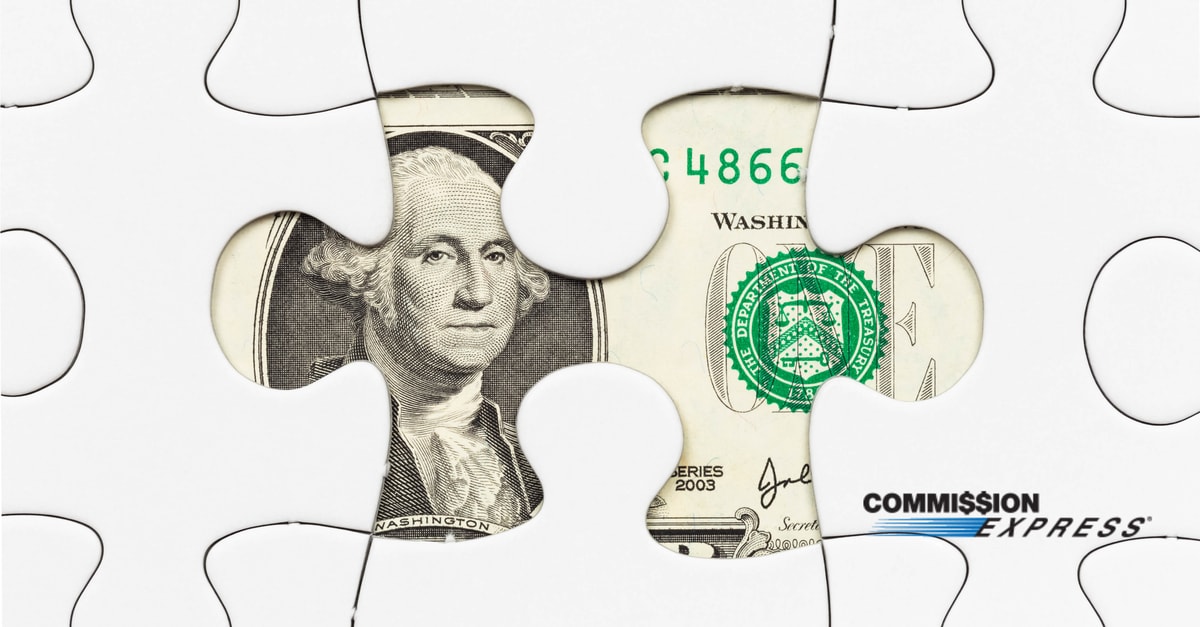What’s the true cost of buying a home?
When you shop for clothes or groceries, you can usually rely on the price tag as a fairly accurate predictor of what you’ll be paying in the checkout line. With real estate, what you see as the bottom line at first is rarely — if ever — what you ultimately pay. In fact, your new home comes with a never-ending invoice of expenses that can add up extraordinarily fast.
The hidden costs of ownership can be crippling if you’re not prepared. Here’s what you need to know in order to avoid the financial pitfalls.
1. Loan Origination Fee
Loan officers don’t determine your eligibility for free. Your mortgage company may charge somewhere between 0.5–1.0 percent of your total loan amount to cover administrative work such as income and debt verification, employment record and estimating the size of your monthly mortgage payment.
2. Home Appraisal
Before you’re approved for a loan, you’ll have to get the home you’re eyeing appraised. The mortgage company wants to be sure of two things: One, that the amount of money borrowers are requesting is appropriate for the home they intend on purchasing; and two, that the mortgage company doesn’t have to pay for the appraiser’s services if the purchase falls through. It’s likely that you’ll pay the appraisal fee up front and then, if you do indeed buy the appraised house, you may be credited back the fee as part of the closing.
3. Home Inspection
A home inspection isn’t a required part of purchasing a home, but most experts would agree that it’s essential. A professional inspector can identify issues ranging from weaknesses in the roof to faulty foundations. Serious problems may scuttle a sale altogether, but smaller concerns can be used as leverage to either lower the sale price or ask for presale repairs.
4. Pest Inspection
Outdated electrical wiring and heating/cooling system defects aren’t the only things you should be on the lookout for. A termite infestation is not something you want to discover after you’ve taken possession of your new home. Call in a pest expert and get the all clear before moving forward.
5. Closing Costs
Wrapping up your real estate transaction may feel like a time for celebration, but there’s one more check to cut before you pop that bottle of bubbly. Closing costs differ in size from state to state, but they average about 2.5 percent of the price of the home.
6. Homeowners Insurance
Homeowners insurance isn’t optional. Your policy not only protects you from losses sustained due to theft or a natural disaster, it also protects the bank’s investment. After all, if you lose your home, it loses its collateral against your loan. Most monthly mortgage payments now include both homeowners insurance and property taxes as well as what you owe toward principal and interest.
7. Maintenance and Supplemental Insurance
A lot of things can go wrong in and around a home, and they’re going to be solely your responsibility. Supplemental insurance policies are those that extend protections not offered under typical homeowners insurance (flooding is a good example). You can also opt to purchase a home warranty that may cover major appliances and systems such as your central heating and electrical. Still, there are bound to be repairs that require immediate attention, and it’s best to have a “just in case” fund set aside for those moments when a pipe bursts or the trees all need trimming.





